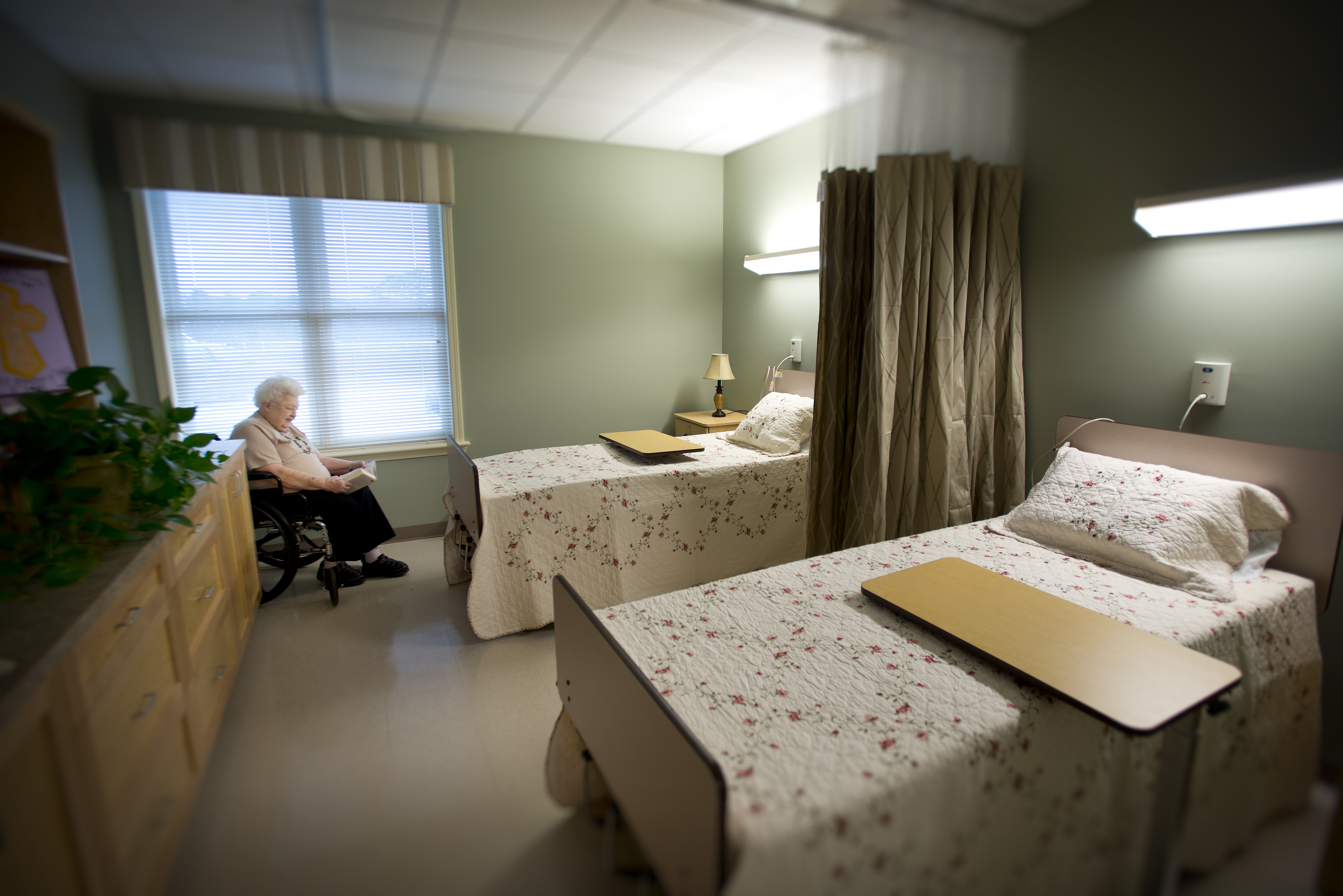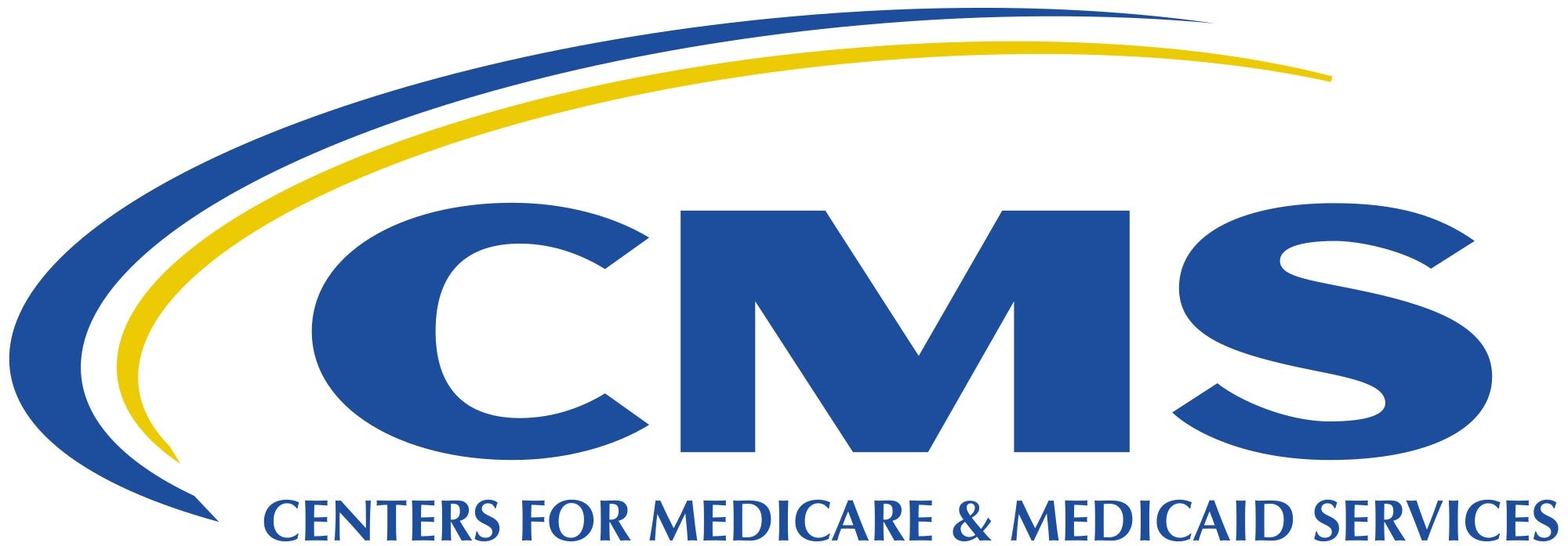Table of Content
- The roles of the local department of social services, the MCO and the nursing home post transition
- Where Nursing Facility Services are Provided
- Quality, Safety & Oversight- Guidance to Laws & Regulations
- Eligibility Criteria For Michigan Medicaid’s Long Term Care Programs
- Rate Transition
- A Daytime Program in Your Community
It is thought that the administration of the assessment should take no longer than a few hours. Instrumental activities of daily living may also be taken into account. These activities do not necessarily need to be done on a daily basis, but are necessary to live independently. Examples include shopping for groceries and other essentials, meal preparation, housecleaning, laundry, medication management, and paying the bills.
The most common functional consideration is one’s ability / inability to perform one’s activities of daily living (bathing, dressing, grooming, etc.). The questions may ask how often (how many times per day / how many days per week), for how long , and what type of assistance (verbal cues, assistive devices / adaptive equipment, hands on assistance, 100% dependent) a person requires. As part of the care plan development, or afterward, the MCO may review the proposed care for service coverage and medical necessity. The time to review a request for long term placement begins with the provider´s recommendation for placement and request to the MCO for transfer to a SNF. The MCO will make medical necessity determination as fast as the enrollee´s condition requires and within the timeframe mandated by the MCO contract with the State.
The roles of the local department of social services, the MCO and the nursing home post transition
The MCO and network hospitals will develop an agreed upon procedure for the notification by the hospital to the MCO about the anticipated needs of the member. The hospital may recommend to the MCO a SNF with the capability to meet the member´s needs. A best practice already identified by the group is a standardized capability matrix. The nursing home identifies the specialty services and populations it provides to assist the hospital, MCO and member in determining discharge to the most appropriate setting.

Go to Policy and Planning Legislation policy and planning information. Go to Public Safety information about the Department's public safety programs. Go to Cash Assistance Information on the Family Independence Program, State Disability Assistance, SSI, Refugee, and other cash assistance.
Where Nursing Facility Services are Provided
The second step is determining if the applicant meets the financial and functional criteria, also discussed above, for that Long Term Care program. Applying for Michigan Medicaid when not financially eligible will result in the application, and benefits, being denied. For married applicants, the 2022 asset limit for Michigan ABD Medicaid is $3,000 combined between the two applicants/spouses, and the income limit is a combined $1,526 / month. These limits are used for both married couples with both spouses applying for ABD Medicaid and married couples with only one spouse applying.
Michigan Medicaid will cover the cost of long term care in a nursing home for eligible Michigan residents through its Nursing Home / Institutional Medicaid. This includes payment for room and board, as well as all necessary medical and non-medical goods and services. These can include skilled nursing care, physician’s visits, prescription medication, medication management, mental health counseling, social activities and assistance with Activities of Daily Living . Again, there is a lot of nuance that goes into determining Medicaid eligibility in your state.
Quality, Safety & Oversight- Guidance to Laws & Regulations
Health insurance is a type of contract in which a company agrees to pay some of a consumer's medical expenses in return for payment of a monthly premium. Medicare is a U.S. government program providing health insurance mostly to people 65 and older. Medicaid calculates the penalty by dividing the amount transferred by what Medicaid determines is the average price of nursing home care in your state. In order to be eligible for Medicaid, you must meet specific income and asset requirements.

The survey protocols and interpretive guidelines serve to clarify and/or explain the intent of the regulations. All surveyors are required to use them in assessing compliance with Federal requirements. Deficiencies are based on violations of the regulations, which are to be based on observations of the nursing home’s performance or practices. Michigan Medicaid offers two ABD Medicaid programs relevant to residents requiring long term care. One way to get help is a benefits counselor at your local Area Agency on Aging.
Eligibility Criteria For Michigan Medicaid’s Long Term Care Programs
MCO will create a process to train contracted providers regarding the claim adjudication process to promote understanding and improve the submission and payment of claims. The beneficiary must have been a resident of the facility seeking reserved bed day reimbursement for at least 30 days, regardless of reimbursement, and the unit to which the recipient will return has a vacancy rate of no more than five percent (5%). Special consideration must be given for enrollees who are homeless during discharge planning. The MCO and nursing home need to engage the LDSS in arranging a safe location for the homeless person post discharge. After long term eligibility is approved, the beneficiary will be required to pick an MCO.

If your assets are above the threshold allowed in your state, you may have to spend some of those assets down in order to qualify for Medicaid for long-term care. Separate limits apply with regard to the amount of financial resources (such as bank accounts, cash, real property, etc.) someone can have to be Medicaid-eligible. Applicants must participate in a medical assessment in which their need for a nursing home level of care will be confirmed. It is difficult to say how long the actual long term care assessment takes, given different functional tools are used based on the state and Medicaid program for which one is applying.
The National PACE Association can help locate a PACE program near you. Every state has its own standard screening process to decide whether Medicaid applicants need a nursing home. A general term for the required screening is “pre-admission level of care screening”. There may be a simple questionnaire you fill out at home, or a more involved evaluation with your physician, as some states have more levels of assessment requirements than others. A Medicaid applicant might need help with a specific number of ADLs, or a doctor’s diagnosis of a specific medical condition might be required.
You must enter the SNF within a short time of leaving the hospital and require skilled services related to your hospital stay. Time that you spend in a hospital as an outpatient before you're admitted doesn't count toward the 3 inpatient days you need to have a qualifying hospital stay for SNF benefit purposes. Go to Community & Volunteer Opportunities Information on resources in your community and volunteer recruitment and training, and services provided at local DHS offices.
You can read a full article on Nursing Home Eligibility at this link, or use a search tool that provides specific eligibility criteria for where you live and your marital status. Applying to receive Medicaid Long Term Care in a Nursing Facility is a time-consuming process, but getting each step correct will ultimately land you or your loved one in the right nursing home with expenses paid by your state’s Medicaid. The process differs depending on the applicant’s financial situation. A long-term care rider allows you to access your life insurance death benefit for help with activities of daily living.

In any event, all enrolled recipients must have an assigned PCP. Discharge planning must be patient centered and should focus on the needs of the enrollee. Creating incentives to NHs and MCOs in arranging for the least restrictive setting based upon the enrollee´s health care needs would help to assure this occurs.
This is especially true for individuals in the early stages of the disease. However, as the condition progresses, these individuals will certainly meet Medicaid’s nursing home level of care requirements. Once a nursing home level of care need is established via the initial functional needs assessment, subsequent functional needs assessments are required at a minimum of every 12-months. This is to ensure the program participant continues to meet the functional need. A long term care assessment to determine a NFLOC is key in determining if a Medicaid applicant meets the functional criteria for long term care Medicaid. This part of the application process is as crucial as determining financial eligibility.

Any remaining income is applied toward the cost of care on a monthly basis. Home Help Program applicants must live at home or in the home of a relative, they can not live in an adult foster care home or an adult care home. Benefits can provided by licensed caregivers, or program participants can self-direct their care and hire family members as caregivers, although spouses can not be hired. If they choose to self-direct, a financial management services agency will be provided to handle the monetary aspects of employing a caregiver, such as withholding taxes and making payments.

No comments:
Post a Comment